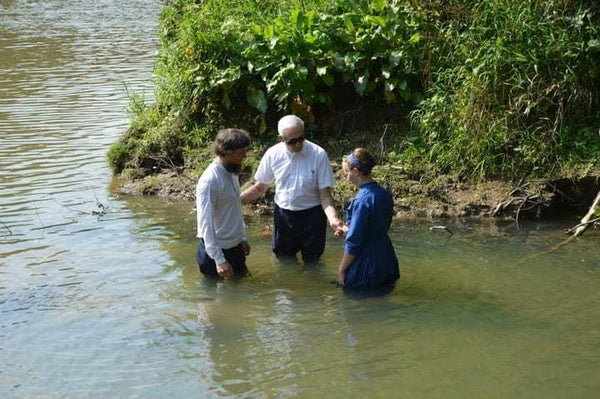Top Amish Religious Practices
Amish communities are guided by a unique set of religious practices that shape their daily lives, family relationships, and social interactions. These traditions emphasize faith, simplicity, humility, and community. Understanding the top Amish religious practices offers insight into a culture where spirituality is not just observed but fully lived.
Home-Based Worship
Unlike many religious groups, the Amish often conduct worship services in private homes rather than dedicated church buildings. This practice emphasizes intimacy, humility, and shared devotion.
Key Elements of Home Worship
-
Sunday services rotate between homes to strengthen community ties
-
Hymn singing is done a cappella, focusing on heartfelt participation
-
Scripture readings and sermons center on obedience, humility, and moral guidance
Home-based worship highlights how Amish religious practices integrate faith into community life.
Daily Prayer and Devotion
Amish religious practices include structured daily prayers and devotionals. These rituals provide spiritual grounding and guide the rhythm of everyday life.
Daily Devotional Routines
-
Morning and evening prayers within the family setting
-
Saying grace before meals to show gratitude
-
Reading the Bible or religious texts to instill moral and ethical lessons
Daily devotion reinforces a lifestyle centered on God and strengthens family bonds.
Observing Religious Holidays
Holidays are celebrated with rituals that combine faith, family, and community. Amish religious practices during these times highlight gratitude and spiritual reflection.
Holiday Traditions
-
Easter and Christmas are marked with meaningful symbolism
-
Harvest festivals express thanks and reinforce community cooperation
-
Baptisms, weddings, and other ceremonies strengthen spiritual identity
These traditions connect families and communities while deepening faith.

Acts of Service and Mutual Aid
Service to others is a central component of Amish religious life. Helping neighbors and participating in communal projects demonstrates faith in action.
Examples of Religious Service
-
Barn raisings and cooperative construction projects
-
Offering support during illness, emergencies, or family events
-
Volunteering time and resources to assist community members
Through service, Amish religious practices cultivate compassion and reinforce communal bonds.
Simplicity and Modesty
Simplicity is a hallmark of Amish religious practice. It is reflected in clothing, homes, and everyday routines, emphasizing humility and spiritual focus.
Practical Applications
-
Plain dress symbolizes equality and humility
-
Homes and workspaces remain functional and modest
-
Limiting the use of technology preserves focus on faith and family
Simplicity ensures that religious life remains central, free from distractions.
Religious Education
Amish children are taught practical skills alongside moral and spiritual lessons. Education reinforces religious values and prepares youth for community and family life.
Educational Focus
-
Schools emphasize reading, writing, and arithmetic with moral instruction
-
Students learn practical skills such as farming and craftsmanship
-
Lessons instill faith, responsibility, and respect for others
Education ensures that religious practices are carried forward to future generations.
Community Worship and Fellowship
Amish religious practices extend beyond the family to the wider community. Regular gatherings and fellowship reinforce spiritual unity and shared responsibility.
Community Practices
-
Quarterly or annual communion services bring together multiple households
-
Singing, scripture reading, and meals strengthen bonds
-
Communal decision-making reflects faith-guided governance
Community worship nurtures a sense of belonging and reinforces shared values.
Conclusion
The top Amish religious practices—home worship, daily devotion, holiday rituals, acts of service, simplicity, education, and community fellowship—demonstrate a life fully centered on faith. By observing these practices, one can understand how the Amish maintain spiritual integrity while fostering close family and community ties. Their dedication to humility, devotion, and service provides a model for living a purposeful and faith-driven life.



